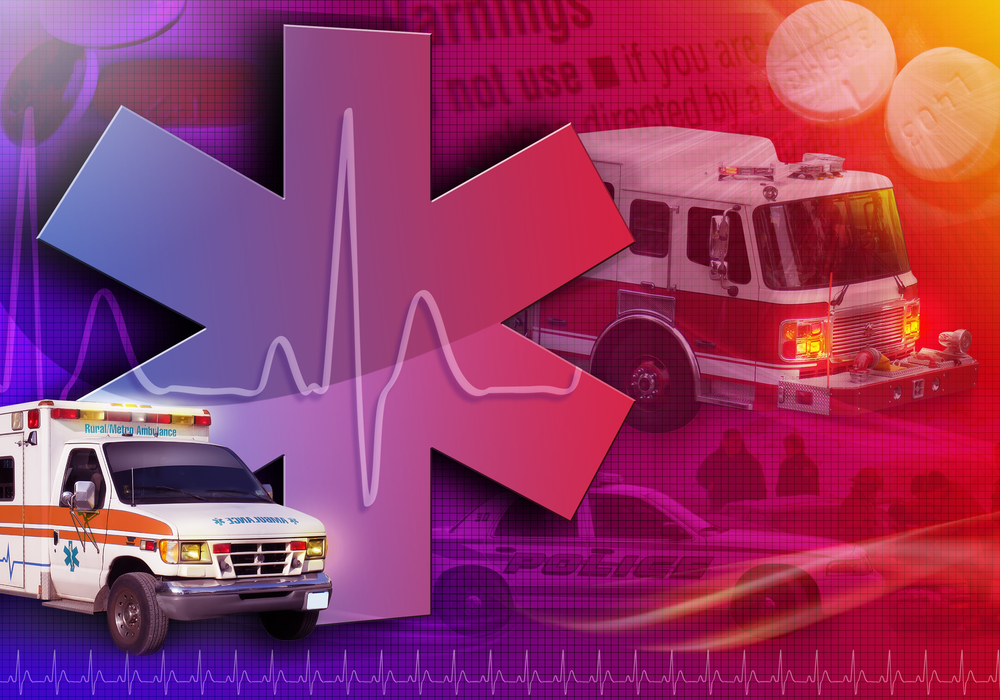
The United States Department of Homeland Security (DHS) Science and Technology Directorate (S&T) is hosting a summit in Washington, D.C. this week to gather together technology innovators for the first responder industry.
The summit will take place on Thursday, Aug. 9, and represents the second in a series of regional summits, following their debut in the United Kingdom earlier this year. The summits seek to focus the industry, academia and technology developers on the operational requirements for first responders’ capability gaps and the technologies that can address them.
“First responders around the world are called upon to respond to similar incidents and have common needs for innovative, affordable technologies,” William Bryan, DHS Senior Official Performing the Duties of Under Secretary for Science and Technology, said. “S&T launched (the International Forum to Advance First Responder Innovation) IFAFRI in 2014 to coordinate an effort to ensure responders worldwide have access to technologies that meet common needs.”
IFAFRI, a 13-nation organization currently chaired by the European Commission, focuses on the enhancement and expansion of first responder technology development, with efforts divided into three working committees: the Stakeholder committee helmed by the United States, the Capability Gaps Committee led by Sweden, and the Research and Development Committee led by the United Kingdom.
“The primary goal of IFAFRI is to have industry develop technologies around the four common global capability gaps,” King Waters, DHS S&T program manager, said. “Through this project, determining what and how to invest should be simpler and more cost-effective for industry, as we’ve worked together on a global level to present a full scope of need.”
Those gaps include the ability to know the location of responders and their proximity to risks and hazards in real time, the ability to detect, monitor and analyze both passive and active threats in real time, the ability to rapidly identify hazardous agents and the ability to incorporate data from multiple and non-traditional sources into command operations.




